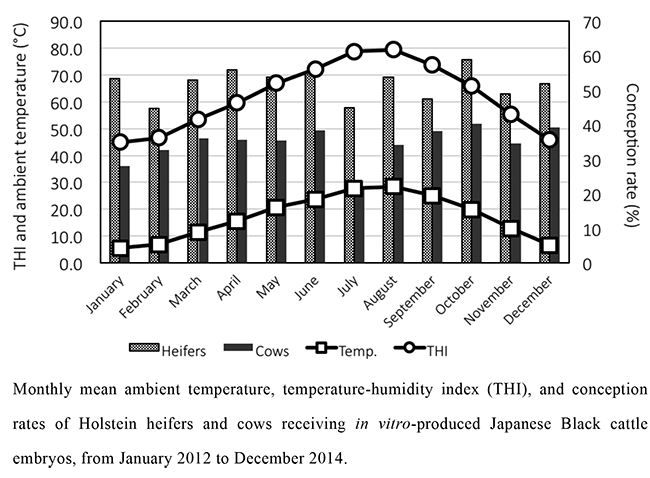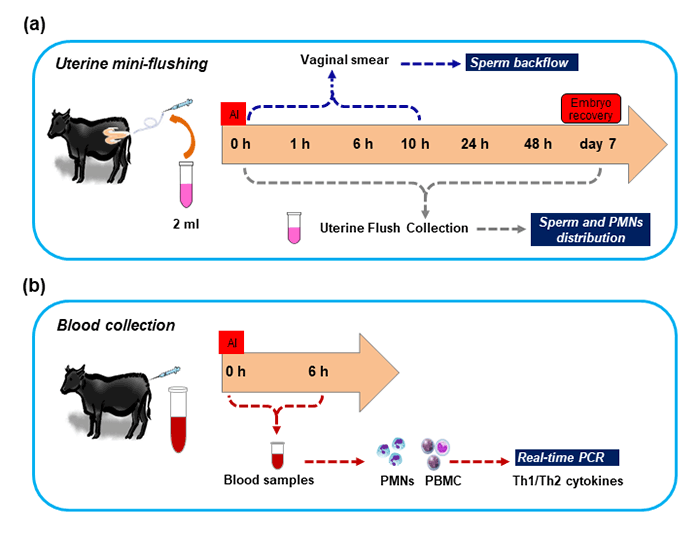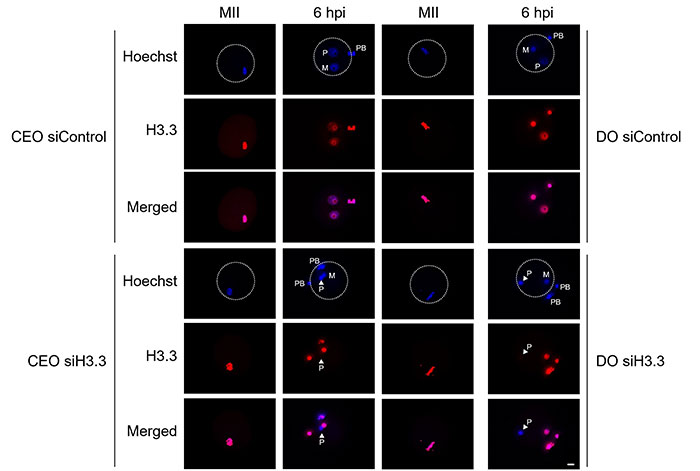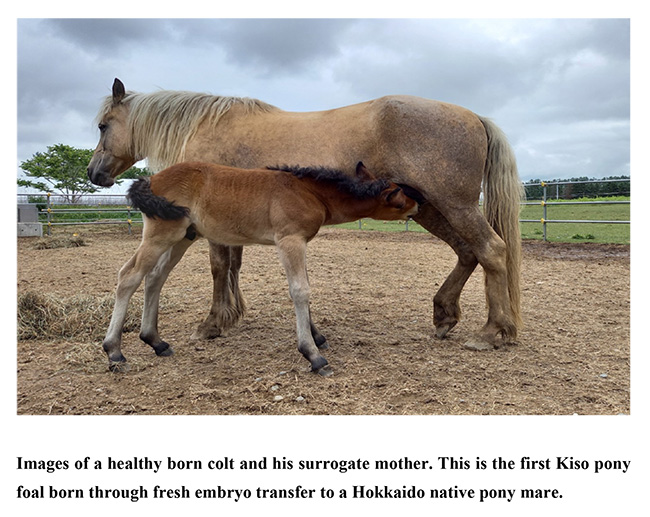- |<
- <
- 1
- >
- >|
-
Article type: Review
2023Volume 69Issue 2 Pages 57-64
Published: 2023
Released on J-STAGE: April 03, 2023
Advance online publication: February 12, 2023Download PDF (1709K)
-
Article type: Original Article
2023Volume 69Issue 2 Pages 65-71
Published: 2023
Released on J-STAGE: April 03, 2023
Advance online publication: December 27, 2022Download PDF (824K) -
Article type: Original Article
2023Volume 69Issue 2 Pages 72-77
Published: 2023
Released on J-STAGE: April 03, 2023
Advance online publication: January 31, 2023Download PDF (924K) -
Article type: Original Article
2023Volume 69Issue 2 Pages 78-86
Published: 2023
Released on J-STAGE: April 03, 2023
Advance online publication: February 03, 2023Download PDF (3635K) -
Article type: Original Article
2023Volume 69Issue 2 Pages 87-94
Published: 2023
Released on J-STAGE: April 03, 2023
Advance online publication: February 09, 2023Download PDF (9175K) -
Article type: Original Article
2023Volume 69Issue 2 Pages 95-102
Published: 2023
Released on J-STAGE: April 03, 2023
Advance online publication: February 11, 2023Download PDF (4795K) -
Article type: Original Article
2023Volume 69Issue 2 Pages 103-108
Published: 2023
Released on J-STAGE: April 03, 2023
Advance online publication: February 17, 2023Download PDF (933K) -
 Article type: Original Article
Article type: Original Article
2023Volume 69Issue 2 Pages 109-117
Published: 2023
Released on J-STAGE: April 03, 2023
Advance online publication: February 28, 2023Editor's pickCover Story:
In chickens, cryopreservation of primordial germ cells (PGCs), the embryonic precursors of gametes, is the best way to cryobank chicken germplasm. However, as cryoprotectants are yet to be optimized for chicken PGCs, the efficacy of cryomedia can be further improved. Hamai et al. designed dimethyl sulfoxide-based and propylene glycol-based cryomedia in conjunction with trehalose and serum that achieved >50% recovery of viable PGCs after thawing while maintaining germline competency (Hamai et al. Development of cryopreservation media for the slow-freezing of cultured primordial germ cells in chicken, pp. 109–117). The offspring of Kurokashiwa, a rare chicken breed in Japan, was successfully revived from PGCs cryopreserved in this cryomedia.Download PDF (4719K) -
Article type: Original Article
2023Volume 69Issue 2 Pages 118-124
Published: 2023
Released on J-STAGE: April 03, 2023
Advance online publication: March 02, 2023Download PDF (3509K)
-
Article type: Technology Report
2023Volume 69Issue 2 Pages 125-128
Published: 2023
Released on J-STAGE: April 03, 2023
Advance online publication: January 31, 2023Download PDF (2046K)
- |<
- <
- 1
- >
- >|










